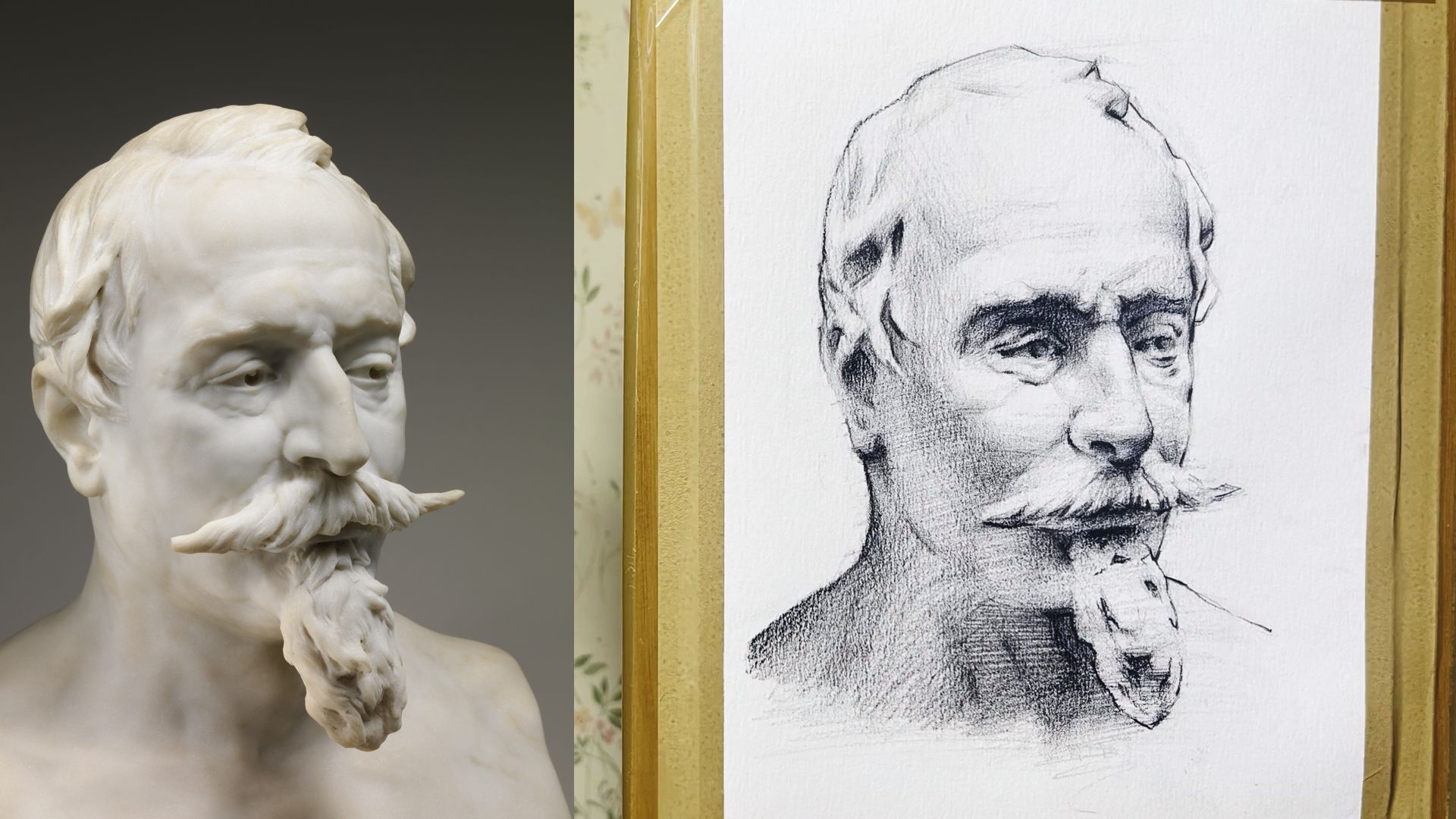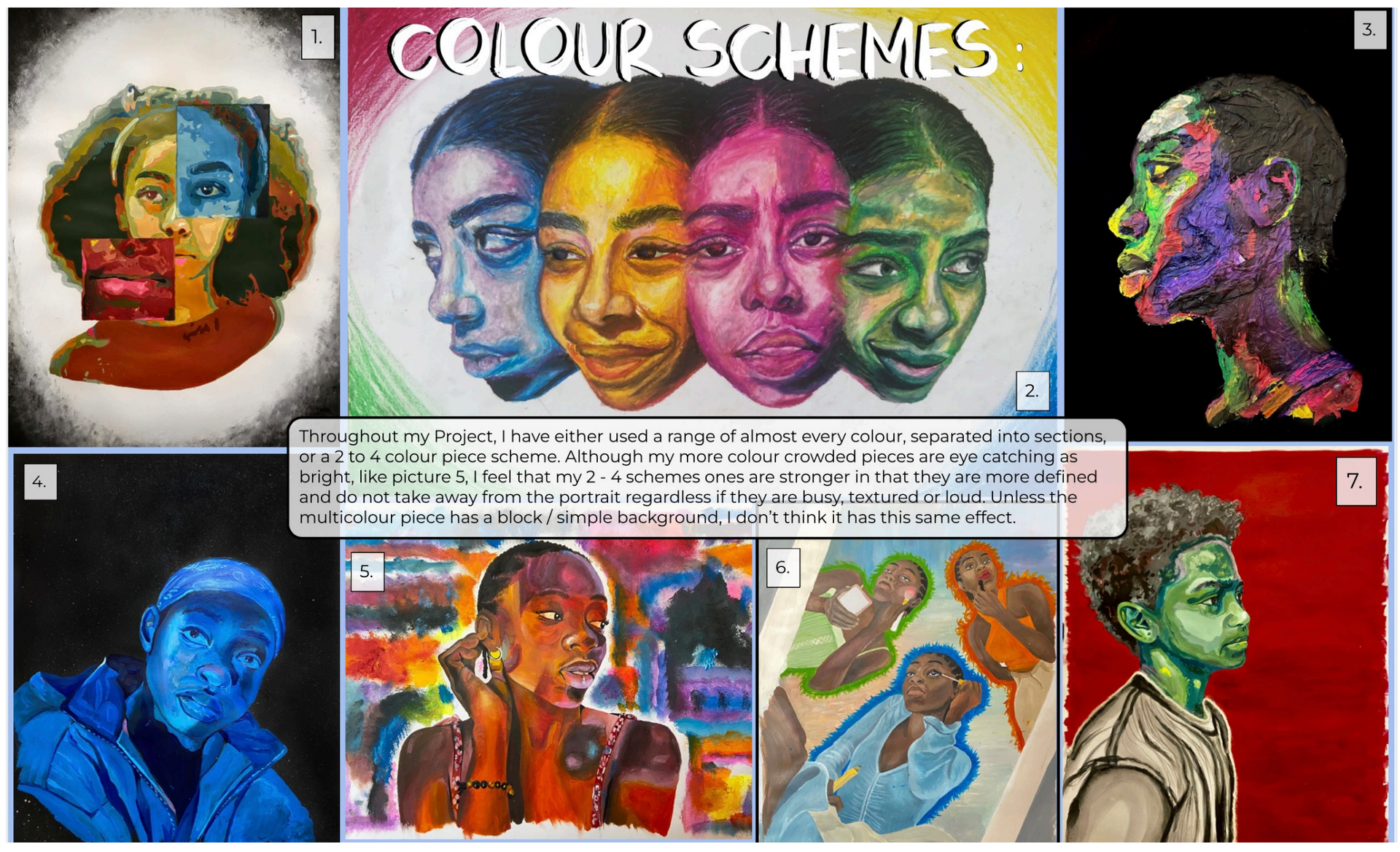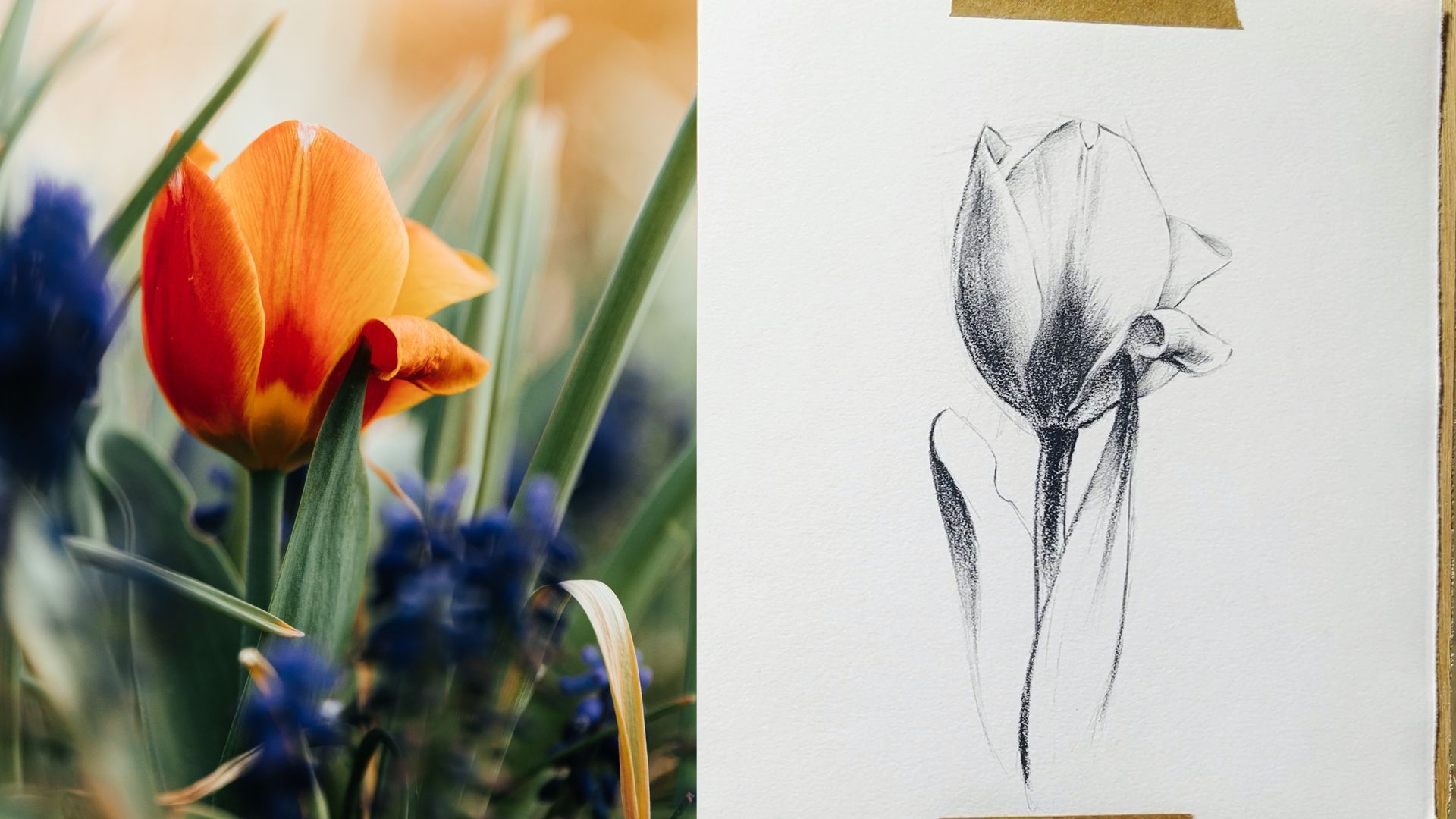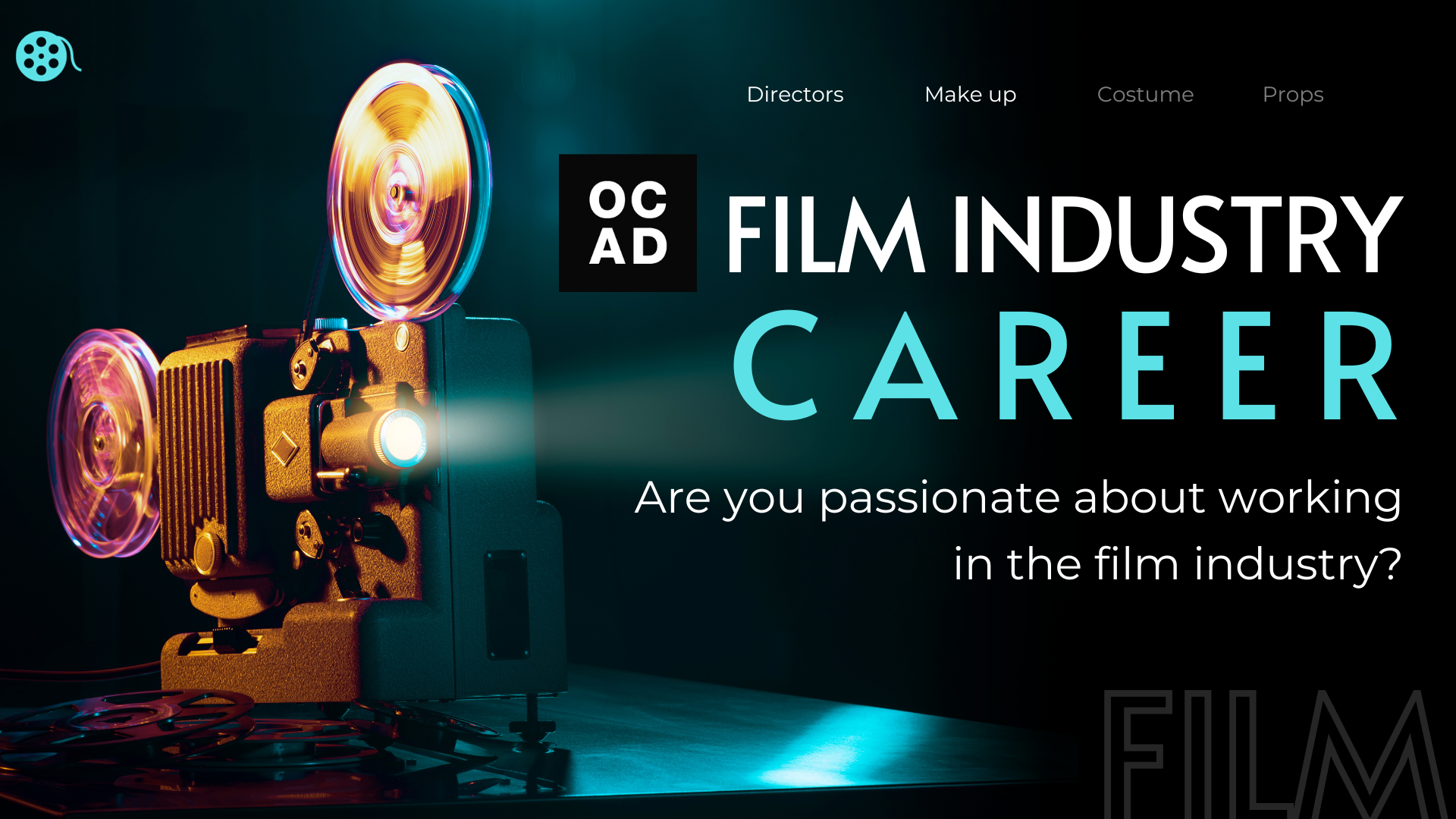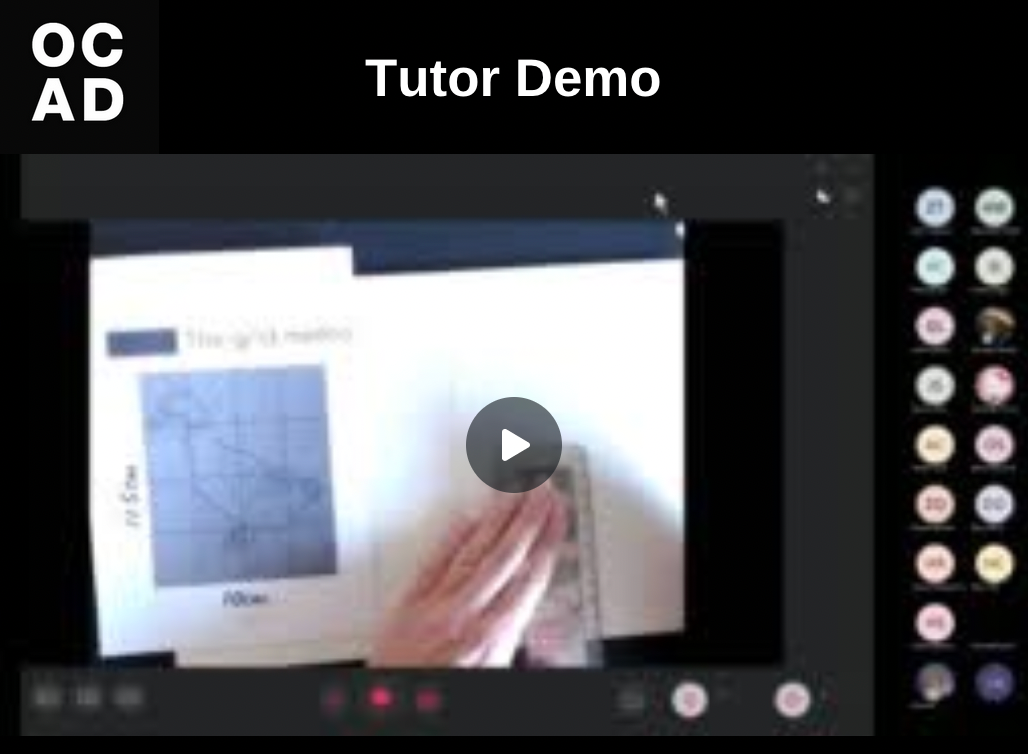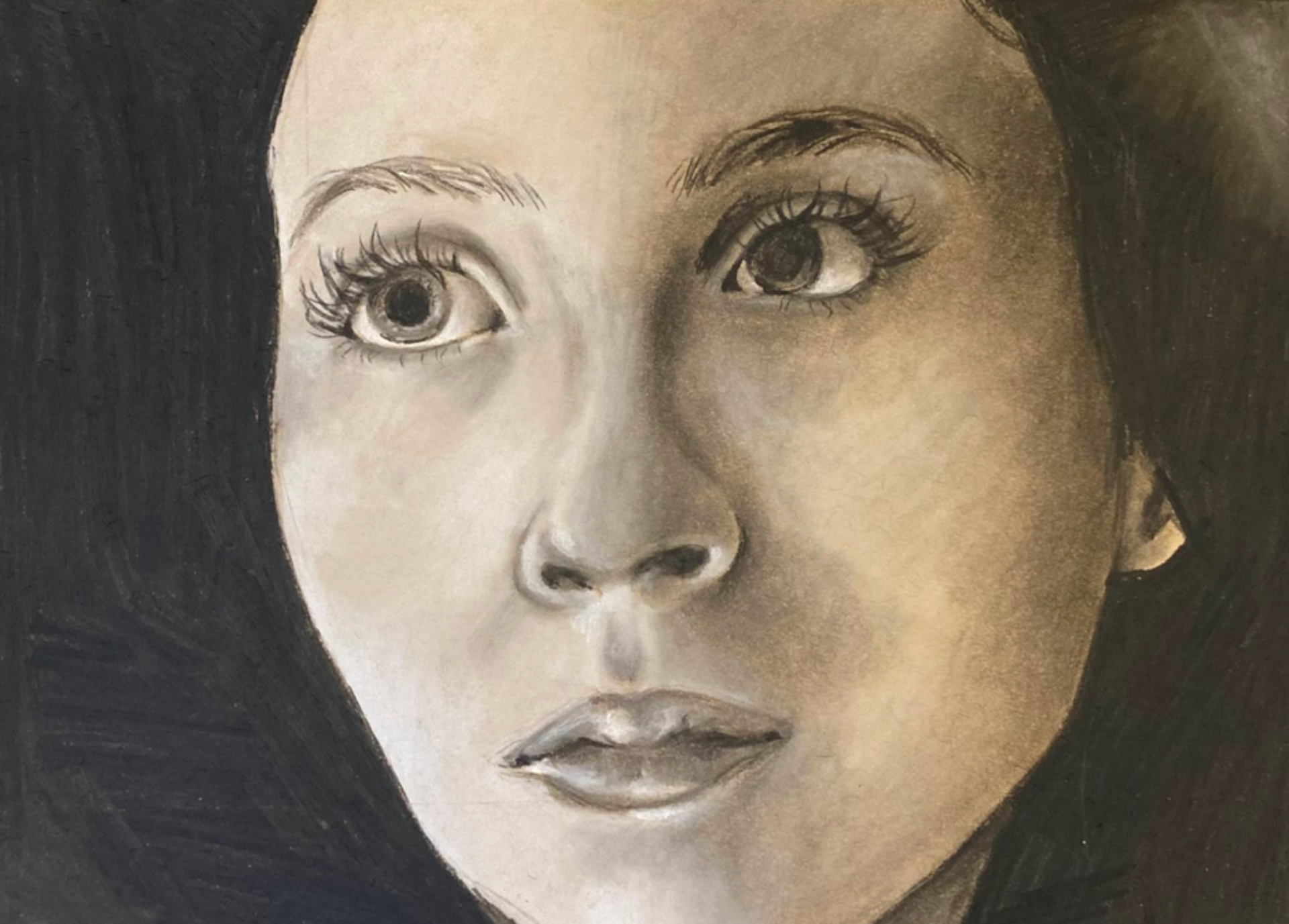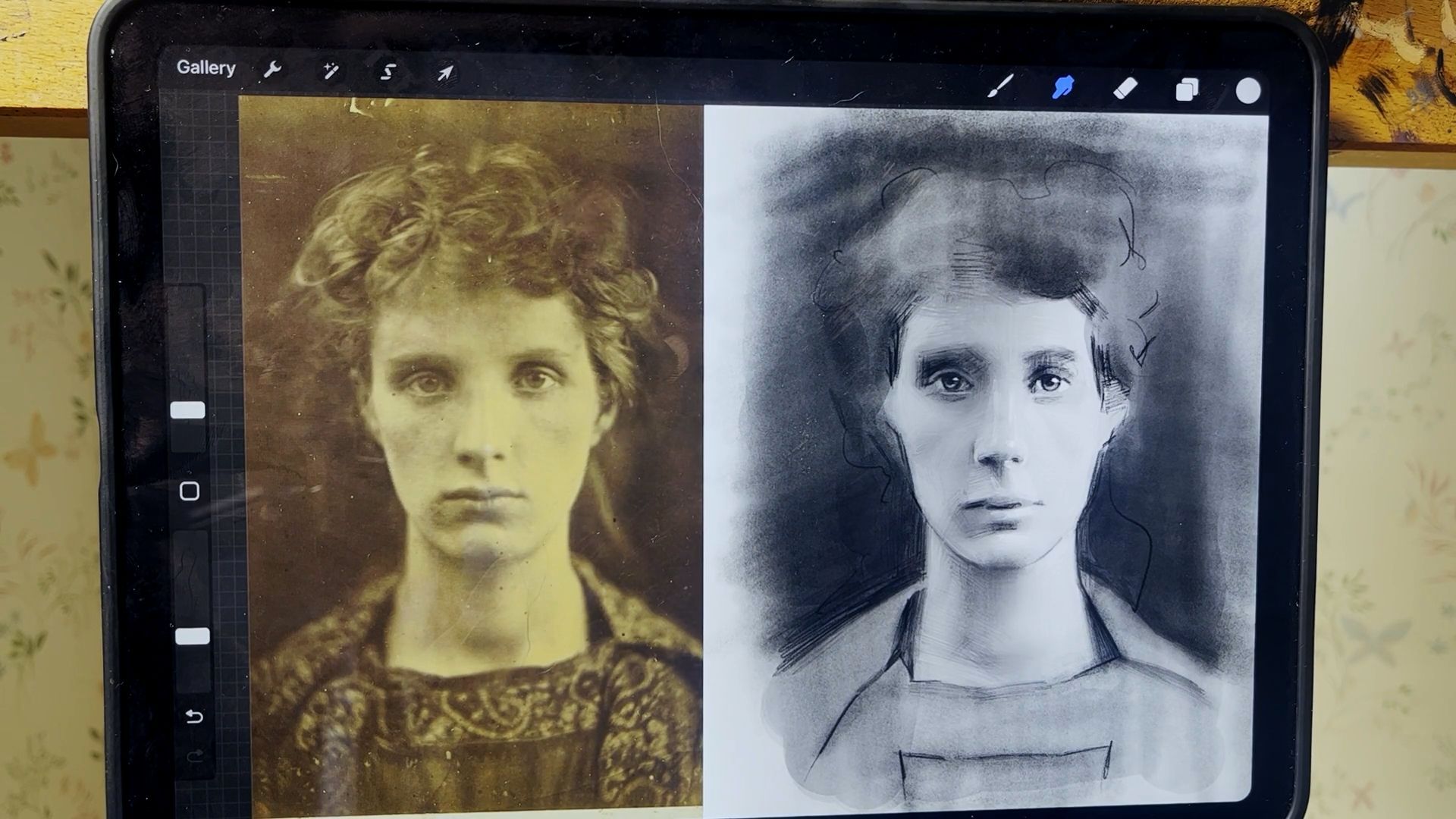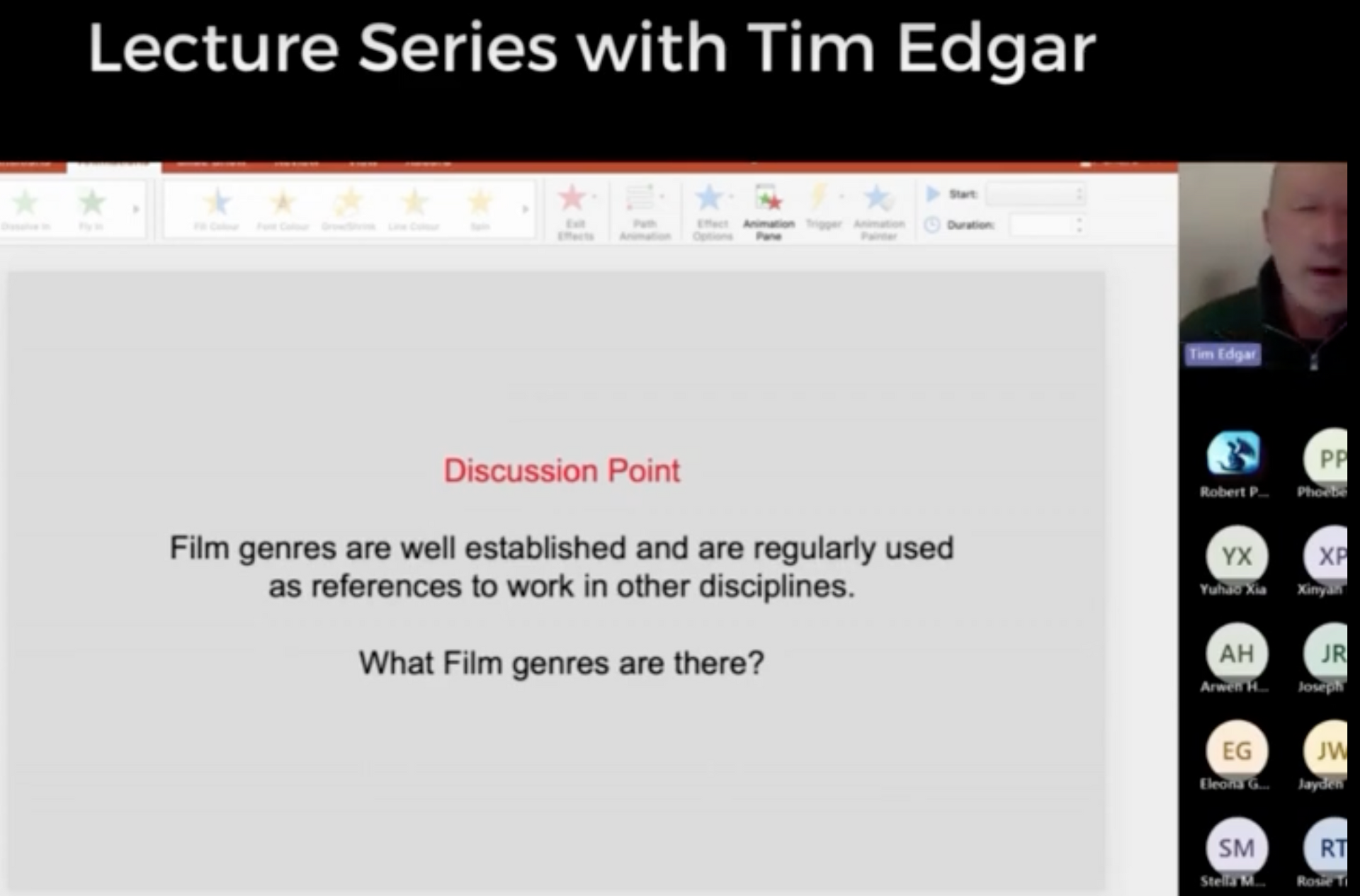How to Become a Graphic Designer: A Step-by-Step Guide
How to Become a Graphic Designer: A Step-by-Step Guide
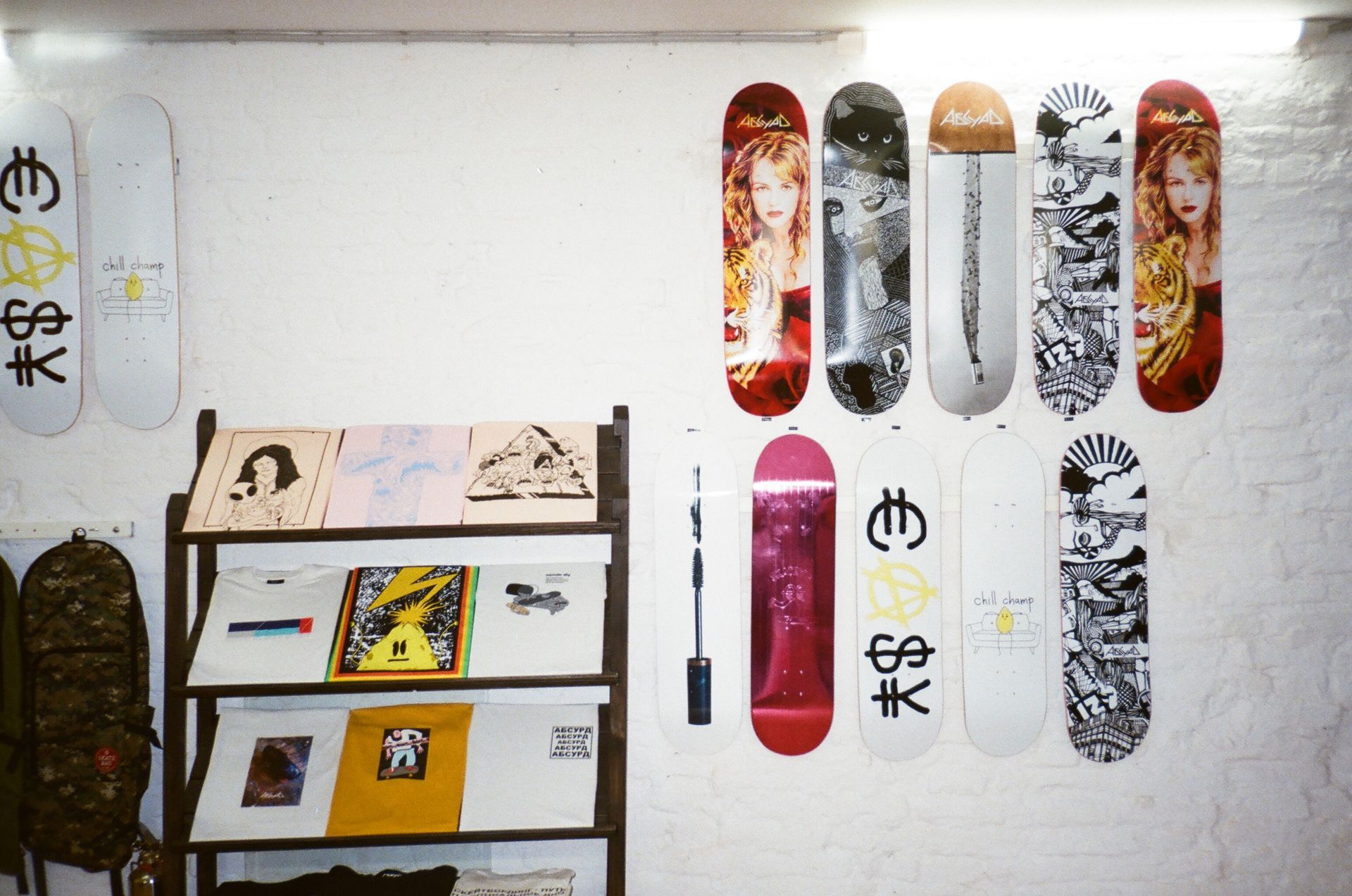
If you’re passionate about visual communication, have a keen eye for aesthetics and bringing artistic visions to life, then graphic design may well be the career for you. It’s an exciting and ever-evolving field that offers endless opportunities for creativity and innovation.
With this in mind, OCAD’s comprehensive guide will walk you through the essential steps you need in order to become a graphic designer. Whether you're a complete beginner or someone looking to refine your skills, this guide will serve as your roadmap to mastering the art of graphic design.
From understanding the fundamental principles of design to exploring various software tools and building a stellar portfolio, we've got you covered.
8 Steps you should take to become a graphic designer
To become a graphic designer, there are a range of different objectives that you’ll need to work towards. While everyone’s journey is different, here are eight steps that are guaranteed to aid you in achieving your goals.
Step 1: Set your goals
The first step that you’ll usually need to take once you’ve decided on graphic design as a career is to set your specific goals for the future. Ask yourself what you want to achieve as a graphic designer and which branch you want to explore.
For example, think about what aspects of graphic design you are most passionate about. Whether it's typography, branding, illustration, web design, or any other area, focusing on your interests will keep you motivated and engaged.
And, even though you may not be at this stage yet, it may also help to consider whether you eventually want to be working for a design agency, freelancing, or starting your own design business. Likewise, are you interested in designing for small businesses, startups, or large corporations?
Once you have these considerations in mind, you can work out how you want to progress through your journey to becoming a graphic designer, and begin to plot a specific path towards this. Of course, these goals will likely be adjusted and refined as you gain more experience and insight into the graphic design industry.
Step 2: Begin to understand design principles
Once you have set your goals as a graphic designer, it's time to begin your discovery of fundamental design principles that form the backbone of the field. Understanding these principles will help you create aesthetically pleasing and impactful designs, and gain a better knowledge of what graphic designers do.
Some of these fundamental design principles may include composition, colour theory and typography, although there are many others. Getting grounded in each one will allow you to begin understanding how designs are created with balance, harmony, and visual hierarchy.
Likewise, this is also true of concepts such as the rule of thirds, grid systems, and negative space. While it isn’t imperative to fully grasp each of these principles at this stage, gaining a basic perception of these will stand you in good stead later on.
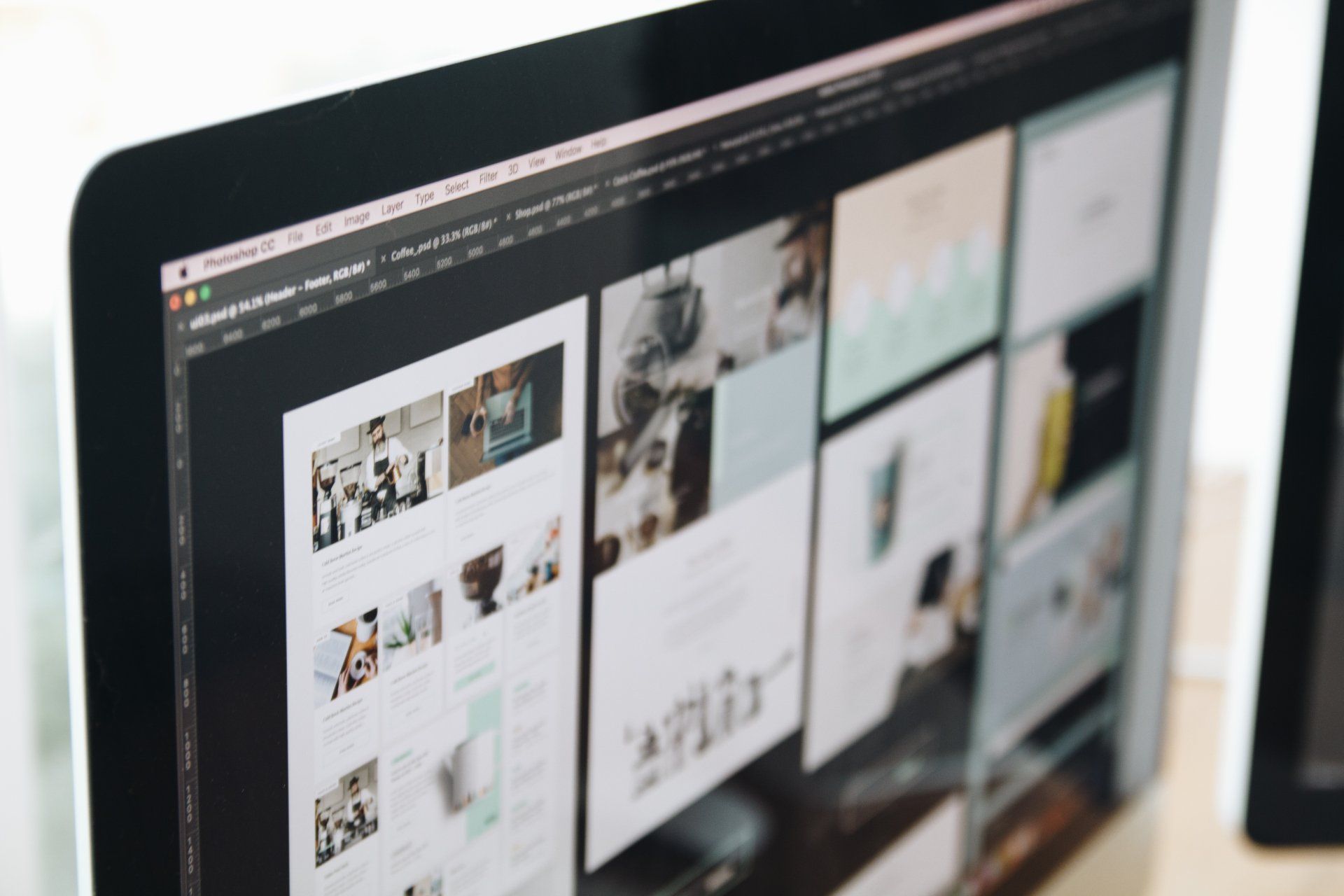
Step 3: Familiarise yourself with relevant software
Now you have a basic understanding of what you want from your graphic design career and what it entails, it’s time to get to grips with the relevant software. After all, proficiency in relevant software tools is the method by which you’ll bring your creative ideas to life.
While the software that you’ll use will likely differ depending on which course you undertake, there are some types of software that will give you a great introduction into using and configuring creative designs.
Some of the most common types of software include Adobe Creative Cloud, which is a suite of software applications widely used in the design industry. Programs in this suite, such as Adobe Photoshop, Illustrator, and InDesign are essential for tasks like photo editing, vector illustration, and layout design.
Meanwhile, other popular design tools tailored for graphic design include Sketch, Figma and Canva. These are highly versatile programmes that are widely used for creating UI/UX designs, prototyping, and design collaboration. Canva in particular is widely accessible and requires no prior design experience.
Depending on your interests and goals, learning 3D modelling software such as Autodesk Maya or Blender can open up opportunities in areas like product design, animation, and visual effects. These software applications allow you to create three-dimensional objects and scenes.
Although it’ll take you a prolonged period of time before fully using this software to its fullest, familiarising yourself with industry-standard software is a great way to get one step ahead.
Step 4: Enrol in formal education
Although there are a variety of routes you could potentially follow to become a graphic designer, formal education provides a structured learning experience that will give you the solid foundation to progress. Enrolling in a graphic design program or pursuing a degree in design can offer numerous benefits to aspiring graphic designers.
For one,
graphic design courses offer comprehensive curriculums that include a range of design principles, techniques, and industry-specific knowledge. This may include work in areas such as graphic design and illustration, photography, fine art and fashion.
Indeed, you will learn not only about design theory but also gain practical skills in using design software and tools. This comprehensive approach equips you with a well-rounded understanding of the field.
Here, qualified instructors with industry experience can provide valuable insights, feedback, and mentorship throughout your educational journey. They can help you refine your design skills, provide industry-specific knowledge, and offer guidance on building your portfolio. Their expertise can greatly enhance your learning experience.
Likewise, being part of a design program allows you to connect with fellow students, instructors, and professionals in the field. These connections can lead to class collaborations, job opportunities, and exposure to different perspectives within the design industry.
As part of your graphic design course, you’ll likely need to create a professional portfolio. This diverse portfolio will be designed to showcase your skills and creativity across a range of different areas. In order to complete this, the course provider should give you access to design studios and libraries.
It's worth noting that formal education is not the only path to becoming a graphic designer. Many successful designers have built their careers through self-learning and practical experience. However, if you prefer a structured learning environment, access to experienced instructors, and the benefits of networking and resources, formal education can be a valuable investment.
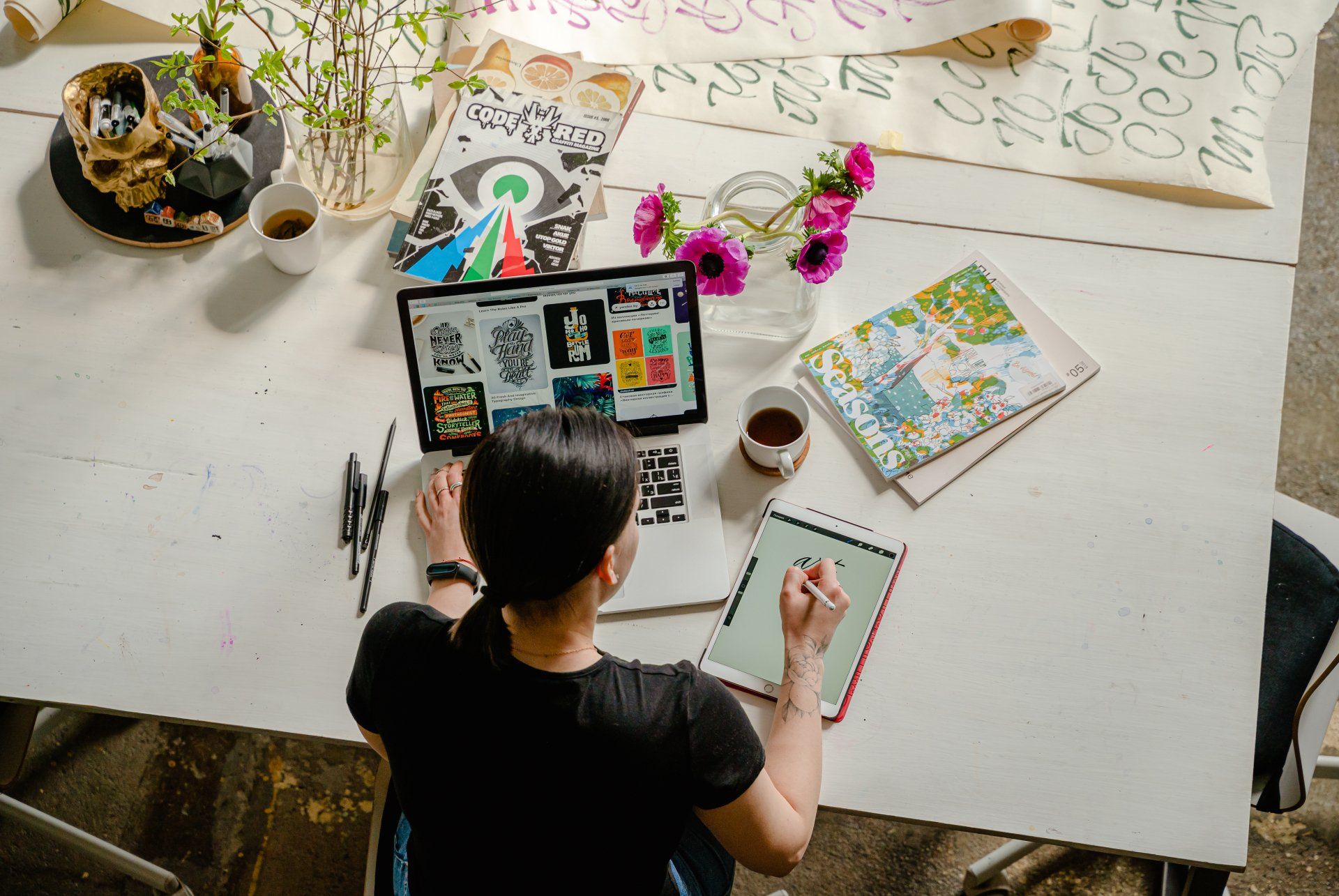
Step 5: Utilise tutorials and resources
In the rapidly evolving field of graphic design, continuous learning and self-improvement are essential. To expand your skills and stay updated with industry trends, it's important to take advantage of tutorials and resources available to you.
One of the most accessible ways to do this is to explore free tutorials online. Platforms like YouTube, Udemy, Skillshare, and Adobe Creative Cloud all provide tutorials led by experienced designers. Within each one, you can access specific software techniques based on design principles, typography, illustration, and other relevant topics.
Often, you’ll be able to follow along with step-by-step instructions that will allow you to practice and refine your skills.
Another great way of absorbing this information is to take a look at
blogs and websites focused on graphic design. These offer valuable resources, industry insights, and tips that will help you stay updated with design trends, learn from case studies, and participate in design challenges.
Engaging with online communities and forums dedicated to graphic design can also be highly beneficial. Join discussions, seek feedback on your work, and learn from the experiences of others. Platforms like Behance, Dribbble, and Reddit have active communities where you can showcase your work, receive critiques, and connect with like-minded individuals.
Then, you may choose to attend design conferences, workshops, and events based around topical themes in graphic design. These gatherings allow you to immerse yourself in the design community, gain insights from industry experts, and network with fellow designers.
Step 6: Build your portfolio
However you’ve attained your skills and technical knowledge, the truth is that a strong and well-curated portfolio is a crucial asset for any aspiring graphic designer. It’s one of the main ways you can showcase your skills, creativity, and design sensibilities to potential clients or employers.
To build your portfolio, you’ll need to select the work which you consider your best. Ideally, this will showcase a range of different skills and styles, proving your ability to understand key principles across typography, branding, illustration, web design, or any other specialised areas of interest.
Your portfolio should be targeted towards a specific audience that aligns with your interest. For example, if you are interested in working with fashion brands, include relevant projects that demonstrate your understanding of fashion design aesthetics. If you want to specialise in UI/UX design, showcase projects that focus on user-centred design and interface functionality.
Then, your compiled work should be pulled together with an eye-catching visual presentation that features consistent design. For example, pay attention to typography, spacing, and colour choices to create a professional and polished look.
Once you’ve got your portfolio ready, share it with trusted peers and mentors, who can deliver feedback and give you constructive criticism. This can help you identify areas for improvement and make necessary adjustments.
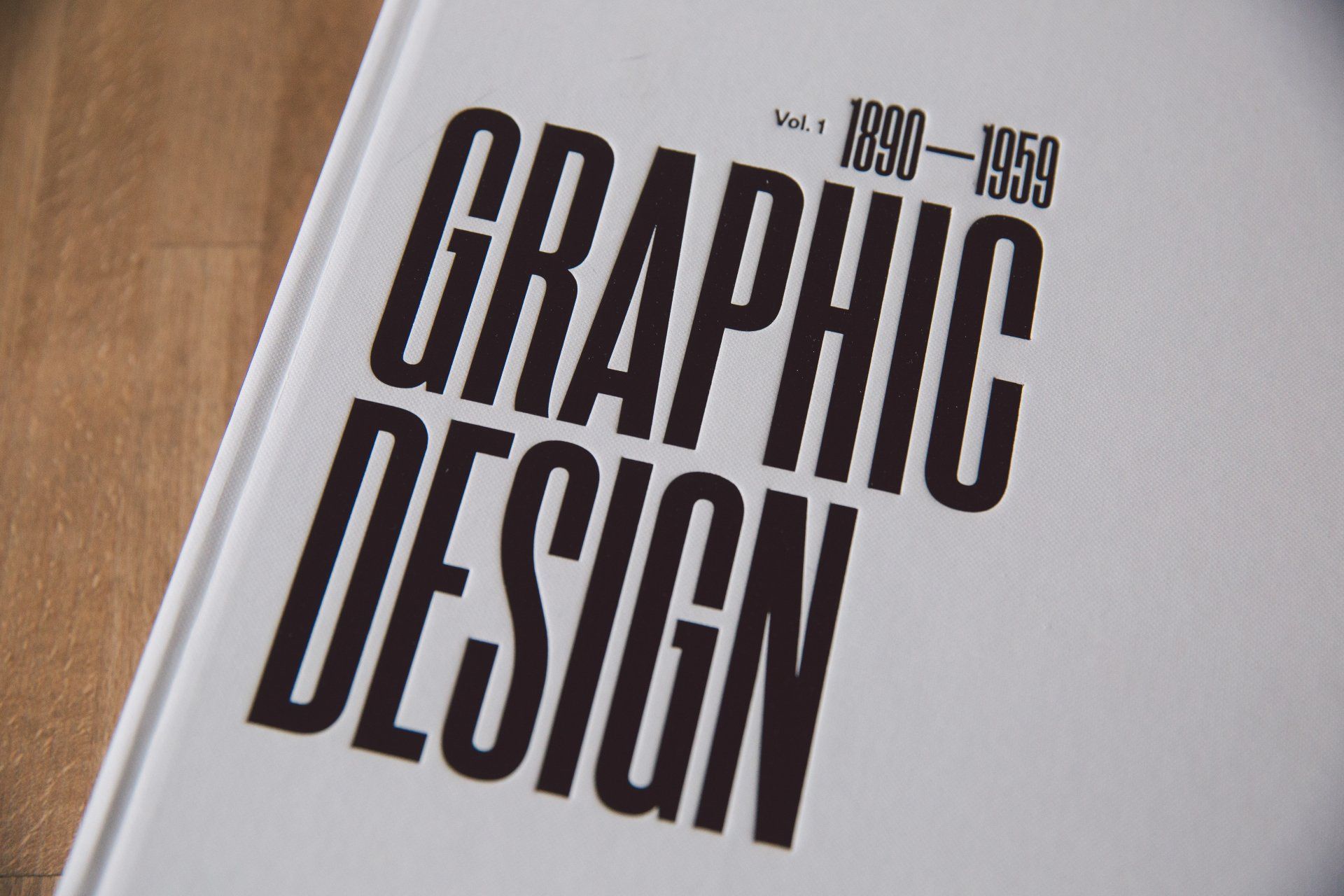
Step 7: Gain practical experience
While formal education and a well-curated portfolio are important, gaining practical experience is equally crucial for becoming a successful graphic designer. Practical experience not only allows you to apply your skills in real-world scenarios but also helps you develop a deeper understanding of client needs and project management.
One common way that budding graphic designers can gain practical experience is through freelancing. This is where you can offer your design services to freelance platforms or to local clients, allowing you to work on diverse projects and help real clients realise their vision.
Other ways that practical experience can be gained include seeking out apprenticeships at design agencies, studios, or in-house design departments. Here, you can learn from more experienced professionals and learn more about the day-to-day of a typical graphic designer. It will also help you to grow your network, which may stand you in good stead when it comes to job seeking.
Alternatively, you may also choose to volunteer your design skills to local community projects or start an art project yourself. These steps will help you to make a positive impact but also allows you to gain practical experience in a low-pressure environment. Moreover, it showcases your willingness to contribute and can lead to referrals and recommendations.
Step 8: Continuously learn and practice
In the dynamic field of graphic design, continuous learning and practice are essential for staying relevant and growing as a professional. Even after gaining formal education, practical experience, and building a portfolio, it's crucial to maintain a mindset of continuous improvement.
Staying updated with industry trends is important. Follow design blogs, websites, and social media accounts to stay informed about the latest design trends, emerging technologies, and industry news. Or, attend in-person workshops or seminars, where you can learn from industry experts first-hand.
As well as this, it’s important to embrace experimentation and explore new design techniques, tools, and software. Dedicate time to learn and practise with the latest design software updates or emerging design applications. Trying out new techniques broadens your skill set and can lead to innovative design solutions.

FAQs
Why is graphic design a good career?
Graphic design is a rewarding and fulfilling career for several reasons. Among the biggest is its creative possibilities, as graphic designers have the opportunity to channel their artistic abilities and bring their ideas to life through visual communication.
Additionally, graphic design is a versatile field with a wide range of applications. Designers can specialise in various areas such as print design, digital media, branding, user interface design, and more. This versatility allows individuals to explore their interests and find their niche within the field.
There’s no doubt also that graphic designers can make a powerful impact with their work. Effective graphic design can communicate messages clearly, engage audiences, and drive desired responses. Designers have the ability to create visually compelling designs that leave a lasting impression.
What skills do you need to be a graphic designer?
There are a number of key skills that you need to become a graphic designer. Some of the most important include artistic proficiency, an understanding of key principles, and good communication.
Perhaps the most fundamental skill for graphic designers is creativity. The subject involves thinking outside the box, generating innovative ideas, and having an eye for aesthetics.
Allied to this, a solid understanding of design principles is essential. Designers need to grasp concepts such as composition and balance to ensure their work is visually harmonious and engaging.
Graphic designers should also be comfortable with industry-standard software such as Adobe Creative Suite (Photoshop, Illustrator, InDesign) or other relevant software tools. These tools enable designers to bring their creative ideas to life and manipulate images, create illustrations, and design layouts effectively.
And, as with many industries, there are many transferable skills that graphic designers need to have. These include good communication and interpersonal skills, efficient time management and attention to detail.
Kickstart your graphic design career with OCAD’s Online Courses
Take a leap forward in your journey to become a graphic designer by enrolling in the Online College of Art and Design. Our comprehensive Online Graphic Design Course and SEND Graphic Design Course has been meticulously crafted to ensure that every aspiring artist receives top-notch instruction, and our experts specialise in guiding each student towards unlocking their true artistic potential.
Embrace the convenience of our fully online courses, tailored to equip you with the skills necessary for successful university studies. Once you’ve decided which course is right for you,
reach out to us for further information on the exciting opportunities that lie ahead.
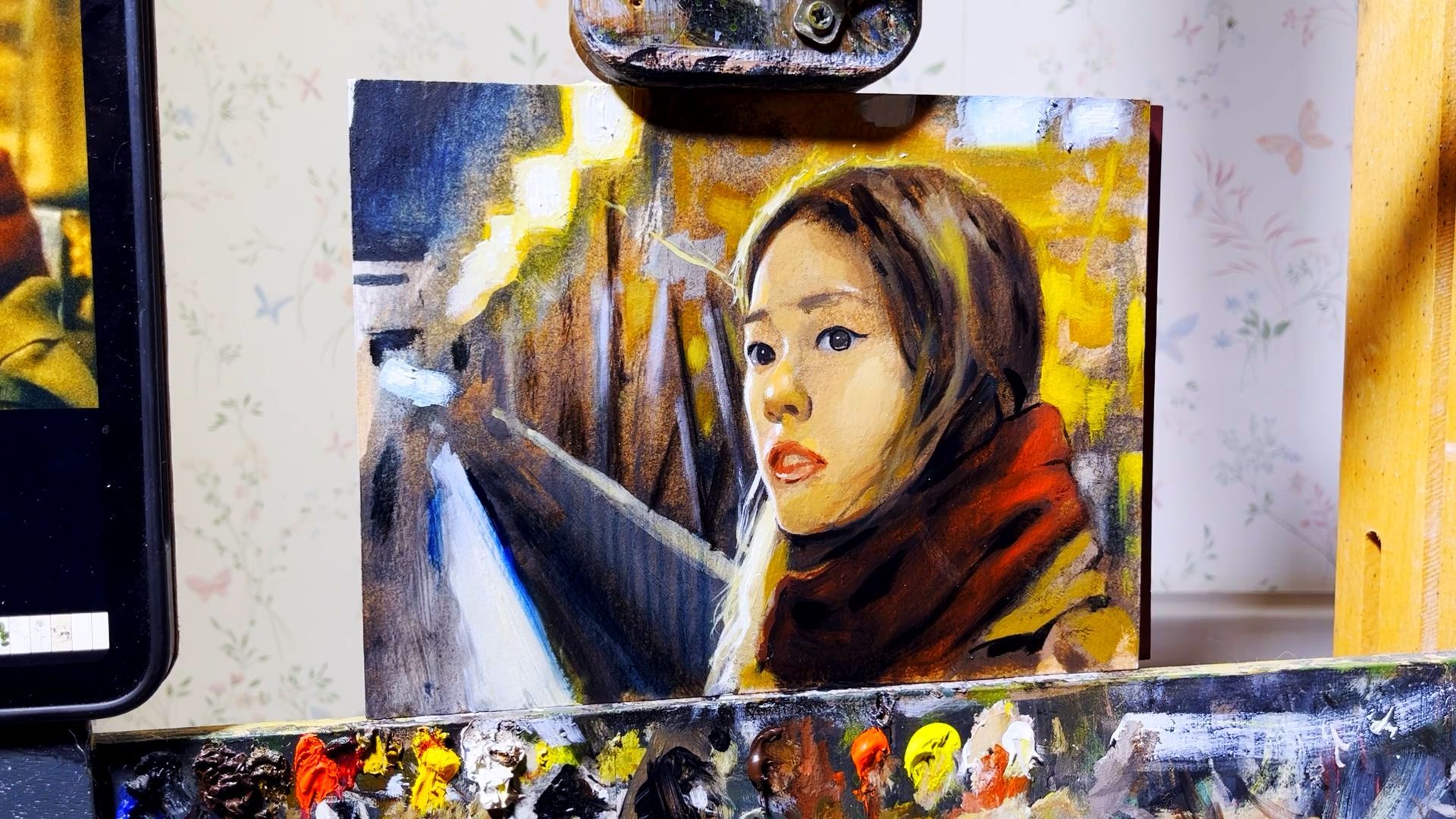
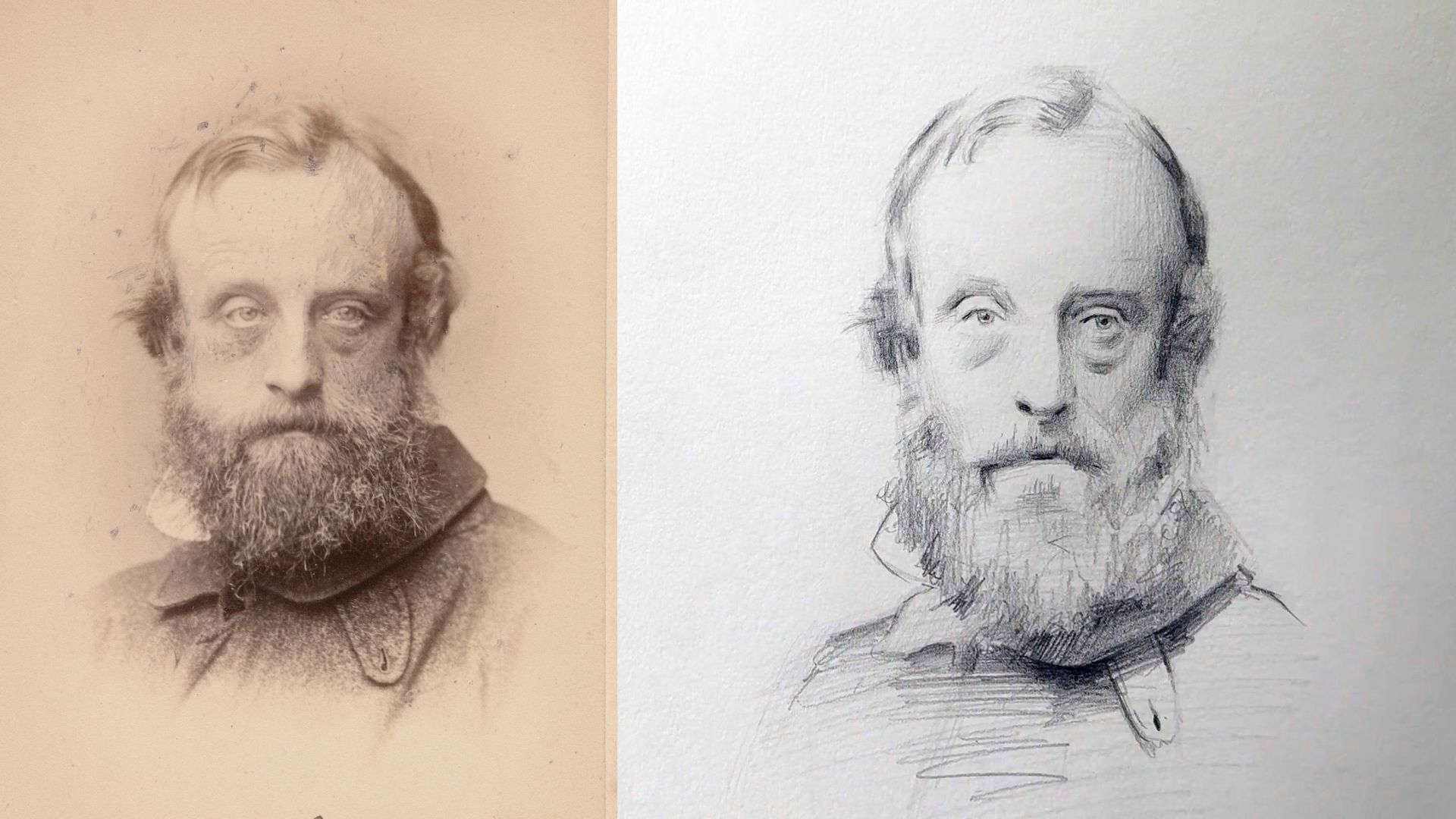
OCAD is part of the Cambridge Online Education Group - Company number 06594953
Registered UK Learning Provider 10033485
Cambridge Online Education Ltd

